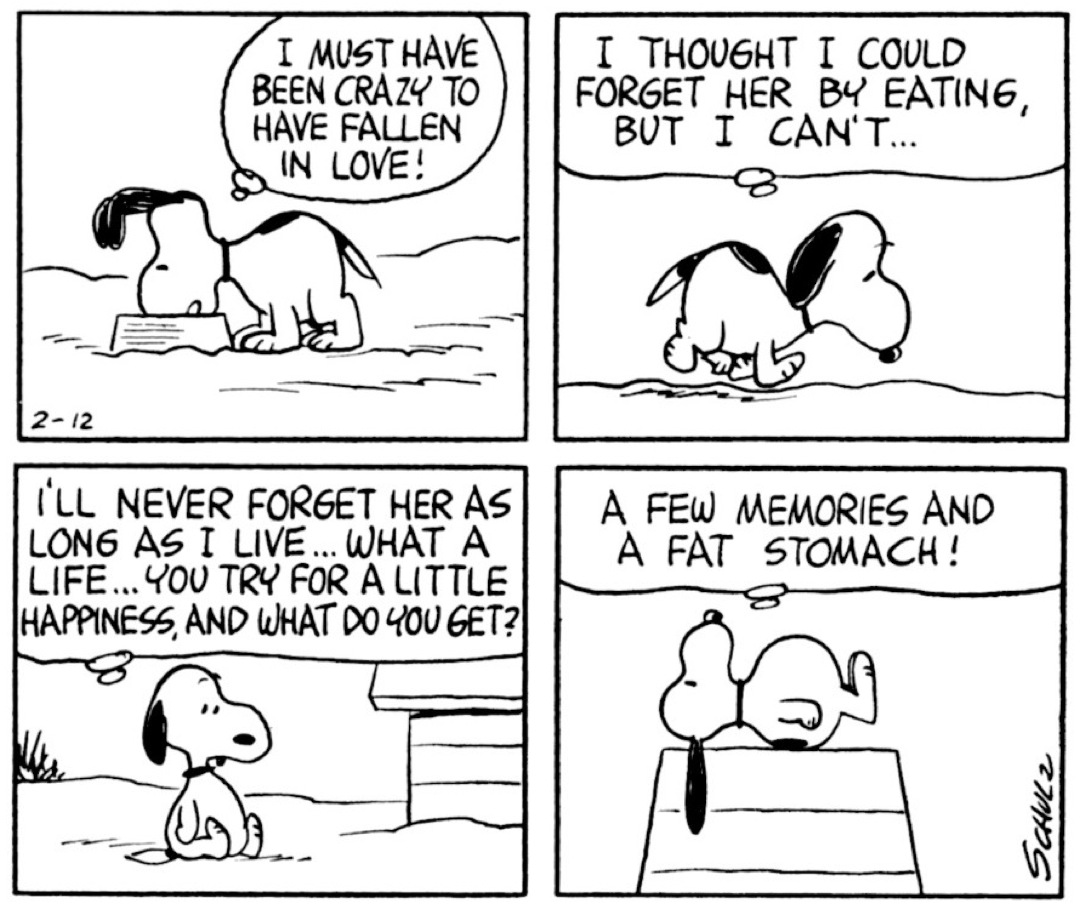When teaching Marshall McLuhan and Quentin Fiore’s The Medium Is the Massage, I find that I need to spend a bit of time teasing out what McLuhan meant by hot and cool media. This isn’t surprising since the book relies upon the concepts but doesn’t go into them in depth, and, moreover, while television is one of the book’s primary go-to examples of cool media, students today are accustomed to television as a high-definition technology. Since I’m teaching an asynchronous online course this semester, I’ve distilled my talk on hot and cool media down to this:
As W. Terrance Gordon explains in McLuhan for Beginners,1 a hot medium is a high-definition medium that “gives a lot of information and gives little to do” and a cool medium is a low-definition medium that “gives a little information and makes the user work to fill in what is missing” (51). As Gordon notes, the amount of information involved is not the facts and knowledge we’re getting but “how our physical senses respond to, or participate in, media” (51).
Some things McLuhan tells us are hot: radio, print, photographs, paintings, movies, lectures.
Some things McLuhan tells us are cool: telephone, speech, cartoons, mosaics, television, seminars.
Here is a list of hot and cool media, paired together to help illustrate the comparative nature of “high definition” and “low definition.” The hot media are in red and the cool media are in blue: (radio | telephone) (print | speech), (photographs | cartoons), (paintings | mosaics), (movies | television), (lectures | seminars).
As you compare the painting and cartoon below, the “Florence, Piazza Della Signoria” by Giuseppe Gherardi and a Peanuts cartoon respectively, notice the amount of visual detail in the painting compared to that of the cartoon. If you’re familiar with the Peanuts, you know that Charley Brown lives in a free-standing house and that Snoopy’s dog house is in a fenced backyard. Only, we only ever see the fence when it’s important, such as when Snoopy is perched on top of it pretending to be a vulture or when he’s interacting with the neighbor’s cat.
We, as viewers of the painting, are presented a fully detailed scene. It’s a high definition image and there’s little for us to “fill in,” or, in Gordon’s terms, there’s little work for us “to do.” As we look at and read the Peanuts cartoon, on the other hand, we see that there’s very little detail. We’re supposed to remember that Snoopy’s dog house is in a fenced backyard rather than off by itself somewhere with nothing but snow and a little bush off in the distance (3rd panel). The Peanuts cartoon is a low definition image and we have much work to do in filling in the context.

Florence, Piazza Della Signoria
So, having looked at the two images, let me offer one more example: the lecture vs. the seminar.
In a lecture, someone stands before you and talks at you. You might be able to ask a question and get a response, maybe even engage in a bit of an exchange, but the point of a lecture is to lectured to. High amounts of information and little for you to do other than absorb (or tune out) that information. This is why a lecture is a hot medium.
In a seminar, on the other hand, you and the other seminar participants are gathered together to discuss ideas. The instructor might act as the discussion leader, but it’s quite common to have students take charge of discussions for at least part of the time. Because there are multiple, sometimes competing, ideas being expressed, the seminar resembles something more like a mosaic or a mixed media collage than a painting. You, as participant, are responsible for sharing ideas, filtering through information, asking questions, and making connections. Compared to a lecture, a seminar gives little in the way of straight-forward information and it requires its participants to fill in what information there is. This is why a seminar is a cool medium.
In his book Understanding Media: The Extensions of Man, in which McLuhan offers an extended discussion on hot and cool media (22-32), he also notes that we can heat up a cool medium and cool down a hot one, or that a medium can “overheat” and reverse itself by cooling down (33-40). When thinking about hot and cool media, this is worth remembering.
For our immediate purposes, however, it might be worth noting that at the bottom of page 125 of The Medium Is the Massage, McLuhan tells us that the images of the cool medium of television wrap around us in a “sort of reverse perspective which has much in common with Oriental art.” If you’re wondering what McLuhan might be getting at here, turn to pages 143-145 in which he quotes from the ancient Chinese philosopher and poet Laotze, who gives us what we might call a “reverse perspective”: the idea that a spoked wheel is a circle is because of the empty spaces between the spokes; the idea that a pitcher gets its form from the absence of clay; and the idea that doors and windows are valuable because of what is not there (the lack of wall allows us to move through doors and see through windows).
This Asian perspective (the East), McLuhan tells us, is much cooler than the North American and European Western perspective. Immediately following the Laotze quotes, McLuhan tells us that electric circuitry is “Orientalizing the West” (145), by which he means that it is disrupting our uniform, continuous, and connected linear patterns of thought that have their roots in the alphabet (44-45) and were fostered with the advent of print (46-61), and is instead replacing that with a sensibility that is more flowing, unified, and fused (145). In other words, electronic circuitry is cooling down the hot perspective of Western print culture.
- Gordon, W. Terrance. McLuhan for Beginners. New York: Writers and Readers Publishing, 1997. ↩

